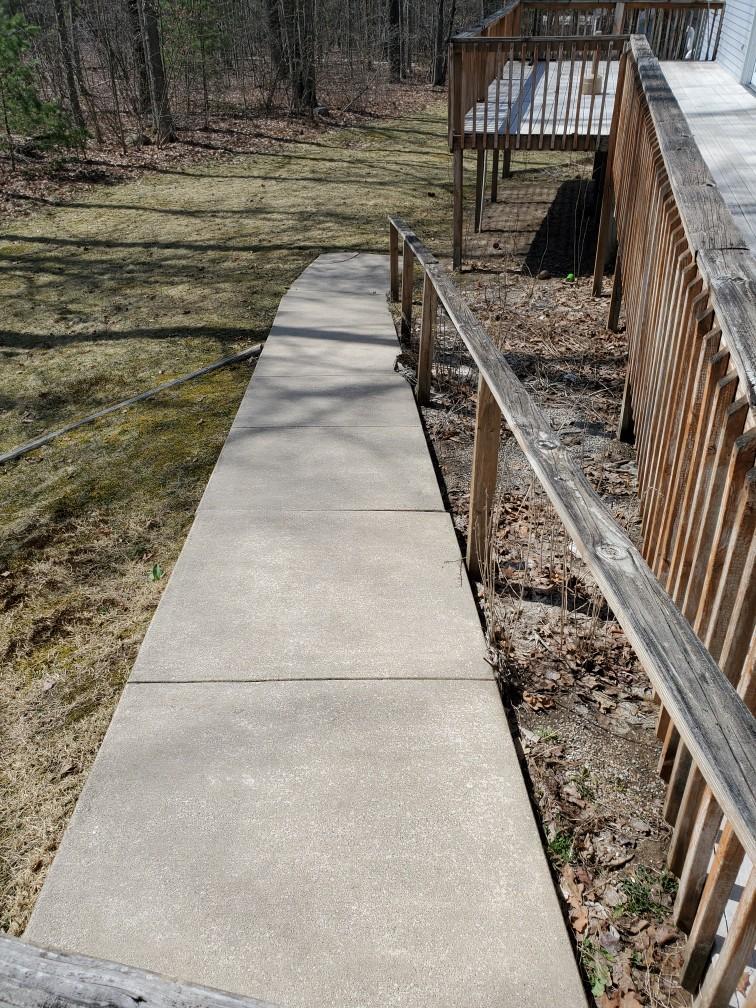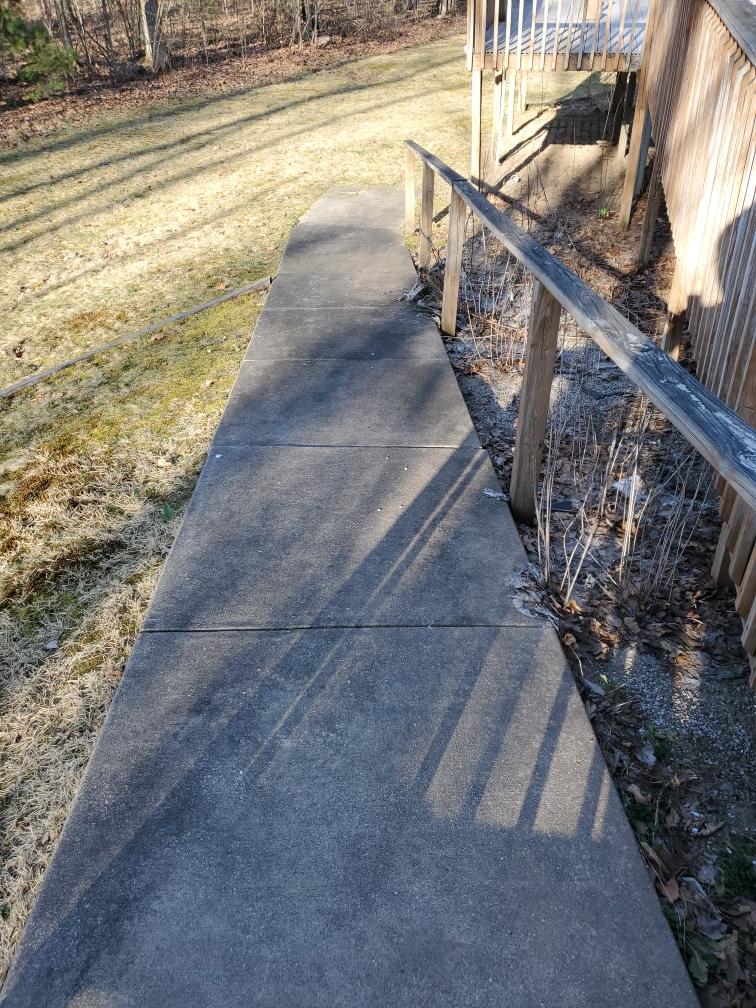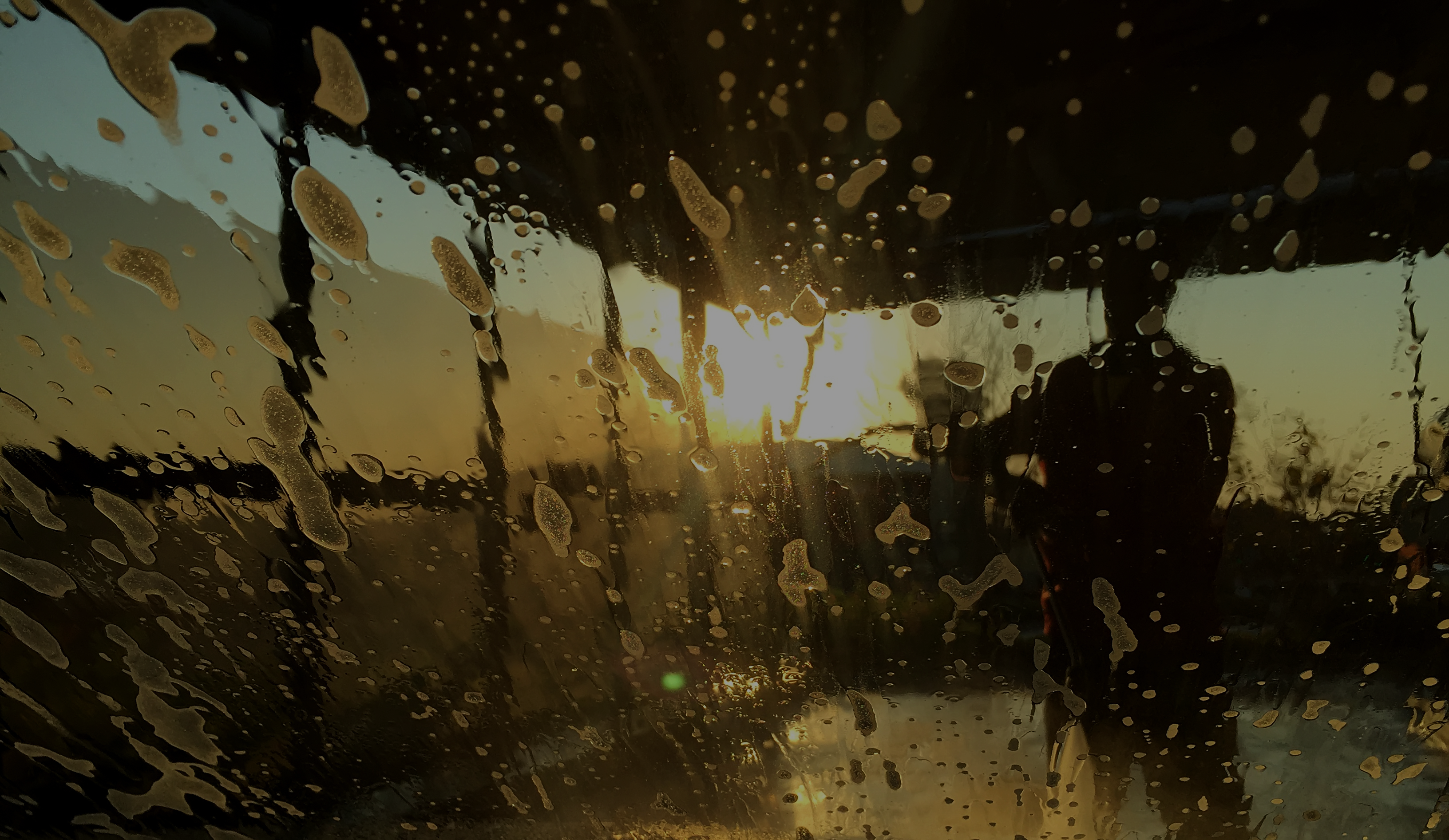21 Apr “The Do’s and Don’ts of Pressure Washing Your Concrete Surfaces”
Concrete is a durable and low-maintenance material that is commonly used for driveways, sidewalks, patios, and other outdoor surfaces. Over time, however, concrete can become dirty, stained, and discolored, detracting from its natural beauty and making it look old and worn. Pressure washing and soft washing are effective cleaning methods that can help restore the appearance of concrete surfaces. In this blog, we’ll explore the chemicals and processes that professionals use for pressure washing and soft washing concrete surfaces, as well as the do’s and don’ts for DIY homeowners.
Chemicals Used for Pressure Washing and Soft Washing Concrete Surfaces
Pressure washing and soft washing use different chemicals and processes to clean concrete surfaces. Here are some of the chemicals that professionals use for pressure washing and soft washing concrete surfaces:
- Sodium Hydroxide: Sodium hydroxide, also known as lye, is a powerful alkaline chemical that is used to clean heavily soiled concrete surfaces. It is particularly effective at removing oil stains and other stubborn stains that are difficult to remove with traditional cleaning methods.
- Hydrogen Peroxide: Hydrogen peroxide is a powerful oxidizer that is used to remove mold and mildew from concrete surfaces. It is a safer alternative to bleach, which can harm plants and other surrounding surfaces.
- Citric Acid: Citric acid is a mild acid that is effective at removing rust stains and other mineral deposits from concrete surfaces. It is a safer alternative to hydrochloric acid, which can damage the surface of the concrete.
- Biodegradable Detergents: Biodegradable detergents are environmentally friendly cleaning solutions that are used for soft washing concrete surfaces. They are effective at removing dirt and grime from the surface of the concrete without damaging the surface.
Processes Used for Pressure Washing and Soft Washing Concrete Surfaces
Pressure washing and soft washing use different processes to clean concrete surfaces. Here are some of the processes that professionals use for pressure washing and soft washing concrete surfaces:
- Pressure Washing: Pressure washing uses high-pressure water to remove dirt and grime from the surface of the concrete. It is effective at removing stubborn stains and restoring the appearance of the concrete surface.
- Soft Washing: Soft washing uses low-pressure water and biodegradable detergents to clean concrete surfaces. It is effective at removing dirt and grime without damaging the surface of the concrete.
Do’s and Don’ts of Pressure Washing Concrete for the DIY Homeowner
While pressure washing and soft washing are effective cleaning methods, they can also be dangerous if not done properly. Here are some do’s and don’ts for DIY homeowners who want to pressure wash their concrete surfaces:
Do:
- Use the right equipment: Use a pressure washer with the appropriate pressure and nozzle for your concrete surface.
- Protect surrounding surfaces: Cover plants, outdoor furniture, and other surrounding surfaces to protect them from damage.
- Use the right cleaning solution: Use a cleaning solution specifically designed for concrete surfaces.
- Test a small area first: Test a small area of the concrete surface before cleaning the entire surface to ensure that the pressure washer and cleaning solution do not damage the surface.
Don’t:
- Use too much pressure: Using too much pressure can damage the surface of the concrete and cause it to chip or crack.
- Use the wrong nozzle: Using the wrong nozzle can damage the surface of the concrete and cause it to chip or crack.
- Use bleach: Bleach can harm plants and other surrounding surfaces.
- Stand too close to the surface: Standing too close to the surface can damage the surface of the concrete and cause it to chip or crack.
In conclusion, pressure washing and soft washing are effective cleaning methods for restoring the appearance of concrete surfaces. Professional pressure washing and soft washing services use a variety of chemicals and processes to remove dirt, grime, stains, and other unsightly blemishes from concrete surfaces.
DIY homeowners can also pressure wash their concrete surfaces, but it is important to follow the do’s and don’ts to avoid damaging the surface. Using the right equipment, protecting surrounding surfaces, using the right cleaning solution, and testing a small area first are some of the do’s that homeowners should follow. On the other hand, using too much pressure, the wrong nozzle, bleach, and standing too close to the surface are some of the don’ts that homeowners should avoid.
In summary, professional pressure washing and soft washing services are the best way to get the most effective results for cleaning concrete surfaces, while DIY homeowners should take care and follow the necessary precautions to avoid damaging their concrete surfaces. With the right chemicals, processes, and equipment, your concrete surfaces can look like new again. So, contact a professional pressure washing and soft washing business today and give your concrete surfaces the attention they deserve.




